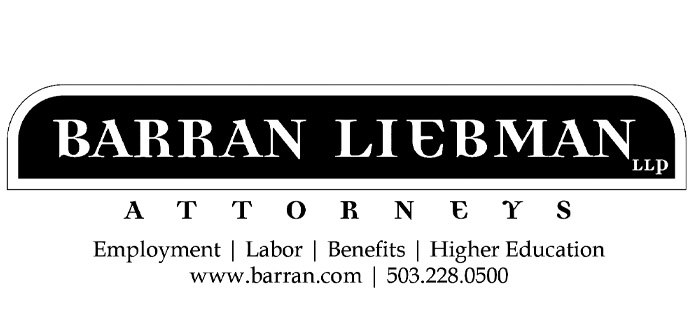An employee handbook is an important tool for employers to communicate with employees. A well-drafted handbook provides employees with information about the company, its mission, vision, and values, and sets expectations for employees regarding, among other things, attendance, conduct, and taking time off. Additionally, employee handbooks provide employees with notice of their rights under certain applicable state, federal, and local laws. Maintaining the legal aspects of an employee handbook can be challenging because the law is ever-changing, creating the opportunity for an employee handbook to easily fall out of compliance.
Conduct Annual (or More Frequent) Reviews
As a best practice, employers should update their employee handbooks as changes in the law that impact a handbook policy occur. This can be easier said than done, though. For example, we saw the Oregon Legislature amend the Paid Leave Oregon law, which was originally passed in 2019, during this year’s legislative session. Since then, the Bureau of Labor and Industries (BOLI) has created (and recreated) administrative rules regarding Paid Leave Oregon and how it is to be administered. These changes resulted in companies needing to update their Paid Leave Oregon policies to comply with the relatively small changes in the law and regulations.
In addition, employers should review all other handbook policies on at least an annual basis to determine whether any policies need to be revised or removed and whether any new policies should be added. An employee handbook is as much a tool for employees to understand the company and their rights under applicable law as it is for the employer to ensure managers, supervisors, and human resource professionals are on the same page regarding company policies and procedures. Additionally, an updated, legally compliant handbook can provide employers with protection against potential lawsuits and legal disputes.
Manager Training & Employee Acknowledgement
Ensuring an employee handbook is appropriately updated and compliant with applicable law is only one piece of the handbook puzzle. Employers should also train their managers, supervisors, and human resources team on any changes made to the handbook to ensure that the policies and procedures outlined in the handbook are being enforced properly and applied uniformly to all employees. Courts may inquire about a supervisor’s ability to articulate the requirements or expectations outlined in a company policy, and if the supervisor is unable to do so, the court may find that an employee should similarly not be held accountable to the policy. Thus, a manager or supervisor’s inability to explain a handbook policy could be detrimental to a company’s defense against an employee’s claim.
Multistate Compliance
Employers who employ workers in multiple states (including remote employees) must ensure multistate compliance and should consider whether they need to add any state-specific addenda to capture differences in state and local law. This has become more common since the COVID-19 pandemic and can be particularly complicated with respect to remote employees, as many laws were not drafted with the concept of remote work in mind making their applicability to remote employees at times unclear. However, legal counsel should be able to assist with determining the applicability of state-specific laws to both remote and in-person workers across the country and your company.
Legal Review
A vital step in ensuring your employee handbook is legally compliant is to have trusted legal counsel review it before finalizing and sharing it with employees. Legal review will ensure that the appropriate policies are included in the employee handbook and that they comply with applicable laws and regulations. While it might seem relatively simple to prepare an employee handbook, there are a plethora of factors to consider, including how a policy is written. That’s right, word-choice and how an employee might interpret the words, as determined by a court, could be what defines whether an employer wins or loses a legal dispute.
This summer, the National Labor Relations Board (NLRB) adopted a new legal standard for assessing unlawful workplace rules in its decision in Stericycle, Inc. In this decision, the NLRB explained that, if an employee could reasonably interpret a workplace policy to have a coercive meaning, the policy is presumptively unlawful. Determining what an employee could interpret as coercive can be difficult. Legal counsel should be able to provide recommendations on revisions to policy language to eliminate language that could be construed as coercive. And don’t forget, the National Labor Relations Act does not just apply to unionized workforces—it applies to nonunion workforces as well!
Employee handbooks are not one-size-fits-all, and it can be challenging for employers to determine what must be included, versus what should be included, versus what can be included in a handbook. Every employer is different, which means every employee handbook will be different – including what is legally required to be included in the handbook. As the year comes to an end, take a moment to review your employee handbook and make sure your company and your employee handbook are ready for the new year.
Becky Zuschlag is an attorney with Barran Liebman LLP, where she is a member of the firm’s employment, labor relations, and benefits practices. Contact her at 503-276-2151 or bzuschlag@barran.com.





